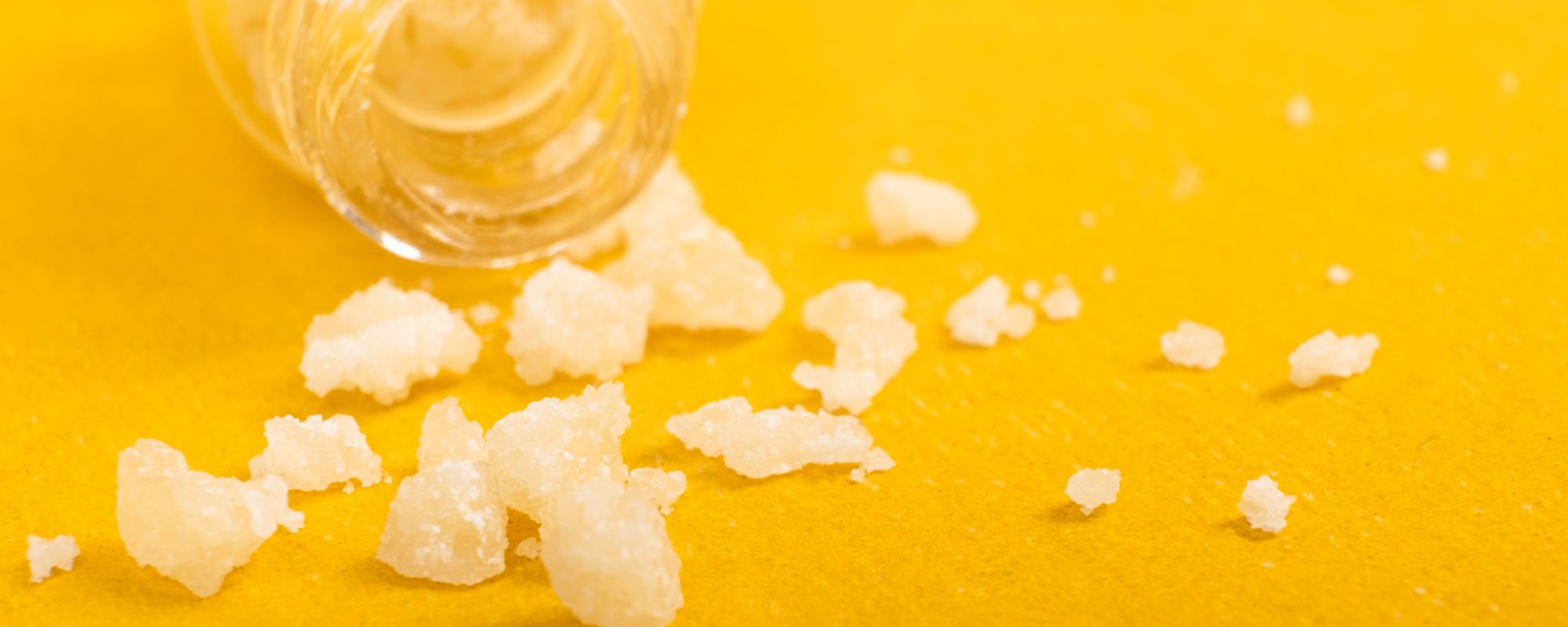Last month, scientists from the Washington Department of Fish and Wildlife (WDFW) discovered something never found before— traces of the opioid painkiller oxycodone in mussels in Puget Sound.
Oxycodone was not the only drug researchers found in tissues of local bay mussels. Antidepressants, chemotherapy drugs, heart medications, other antibiotics, and synthetic surfactants were also detected. The mussels, mollusks that filter the water they live in for nutrients, have been part of an ongoing pollution study jointly conducted by the WDFW and the University of Washington’s Puget Sound Institute.
Pollution levels in the sound are tested bi-annually, and this year’s analysis revealed the presence of oxycodone in three of 18 sets of mussels, nearly one-fifth of the total sample size. Though oxycodone levels, entered into the water via human waste that made it through filtering at local treatment plants, found in the mussels are minuscule— thousands of times lower than a minimal therapeutic dose— there is a general concern among the scientists for the aquatic environment. Fish, known to respond to opioids, and other marine animals may be affected by any sort of opioid influx.
Zebrafish, for example, were found to willingly dose themselves with the opioid hydrocodone and exhibit withdrawal symptoms in a 2017 study by the University of Utah. The fish share 70% of genes with humans, as well as similar biologically-based addiction patterns. Scientists at the Puget Sound Institute say that salmon and other species of fish living in the sound may have a similar response, which could potentially lead to ecological imbalance.
This discovery comes at a time when the U.S. opioid crisis has reached new levels. Since the 1990s, it has increased fourfold; more than 630,000 Americans have died from drug overdose in the last nearly two decades and every demographic group has seen a substantial increase in overdose rates.
From July 2016 to September 2017, there was a 54% increase in overdoses in the major metro areas of 16 states surveyed by the CDC; this figure is among some of the highest drug overdose death rates ever recorded in the U.S. Cities such as Columbus, Milwaukee, and Philadelphia are seeing the highest levels of overdose in the country.
A crackdown on prescription opioids prefaced an alarming rise in the distribution and use of fentanyl, a deadly synthetic opioid 25 to 50 times more powerful than heroin, popping up across the country. Disguised as other opioids, such as oxycodone, or used to cut drugs like heroin, fentanyl, often used as a cheap opioid alternative, and similar drugs killed over 19,000 people in the U.S. in 2016, according to the Centers for Disease Control and Prevention.
No fentanyl was found in Puget Sound mussels, but scientists are continuing biological evaluation, as the federal government continues its work to bring the opioid crisis under control.
Another drug on the cusp of this crisis is kratom, a tropical evergreen related to the coffee plant. The Drug Enforcement Agency (DEA) attempted to ban kratom, cited as a highly addictive opioid substitute, in 2016 but were unsuccessful, though seven states have banned its use.
Though kratom has been widely used in Southeast Asia for ages, there is not enough information available for the U.S. government to determine whether or not the herb is safe, so the drug is still readily available online and in tea and convenience stores. Whether it is harmful or helpful remains hotly contested.
While the opioid crisis remains unresolved on a national level, some states are taking matters into their own hands. Ohio, for example, recently rolled out an anti-opioid ad campaign while Philadelphia closed two notorious homeless “heroin camps” in the hopes of making progress.
If you or someone you know needs help managing substance use disorder or has decided to live a life free of drugs, please reach out to us today.






